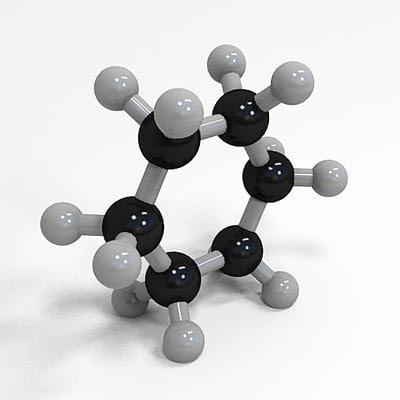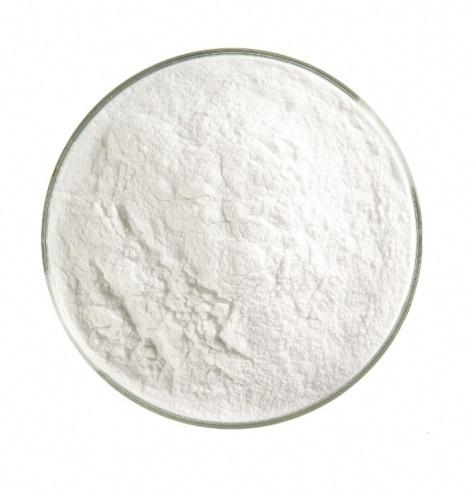Side effects of Chlorpheniramine
Chlorpheniramine is a drug in the class of first-generation antihistamines, used to help alleviate symptoms of allergic reactions potentiated by histamine release. Though it is included in many multisymptom over-the-counter cold relief medications, the Food and Drug Administration (FDA) issued a safety alert in March 2011 detailing some risks associated with these medications. The safety alert also indicated that increased enforcement of FDA laws governing the marketing of these drugs would occur, as many of the products had not been approved in their current formulations for safety, effectiveness, and quality.

Uses
Chlorpheniramine is commonly used in small-animal veterinary medicine for its antihistaminic/antipruritic effects, especially for the treatment of pruritus in cats, and occasionally as a mild sedative.
Side effects
Toxicity of antihistamines is usually related to their anticholinergic effects and may include loss of appetite, nausea, vomiting, diarrhea or constipation, and other GI effects, as well as dizziness, tinnitus, lassitude, incoordination, fatigue, blurred vision, diplopia, euphoria, nervousness, insomnia, and tremors. Acetylcholine is competitively blocked at muscarinic receptors, resulting in symptoms of anticholinergic poisoning. Concurrent use of alcohol, tricyclic antidepressants, monoamine oxidase inhibitors, or other central nervous system (CNS) depressants along with antihistamines may exaggerate and extend the anticholinergic and CNS depressant effects of antihistamines; concurrent use is not recommended.
Products that were marketed prior to the FDA safety alert but not approved by the FDA included multisymptom cold medications comprised of drug combinations of chlorpheniramine with decongestants, antitussives, and analgesics. Risks associated with the use of these products included improper use in children and infants, potentially risky combination of ingredients, and patients receiving too much or too little medication because of problems with the way some ‘extendedrelease’ products were made. Newborn and premature infants are even more prone to anticholinergic side effects and an increased susceptibility toward convulsions; thus, this drug is not recommended at all in this age group. Geriatric patients are also more prone to anticholinergic effects, and a paradoxical reaction characterized by hyperexcitability may occur in some children taking antihistamines. Overdosage may also produce central excitation resulting in convulsions.


